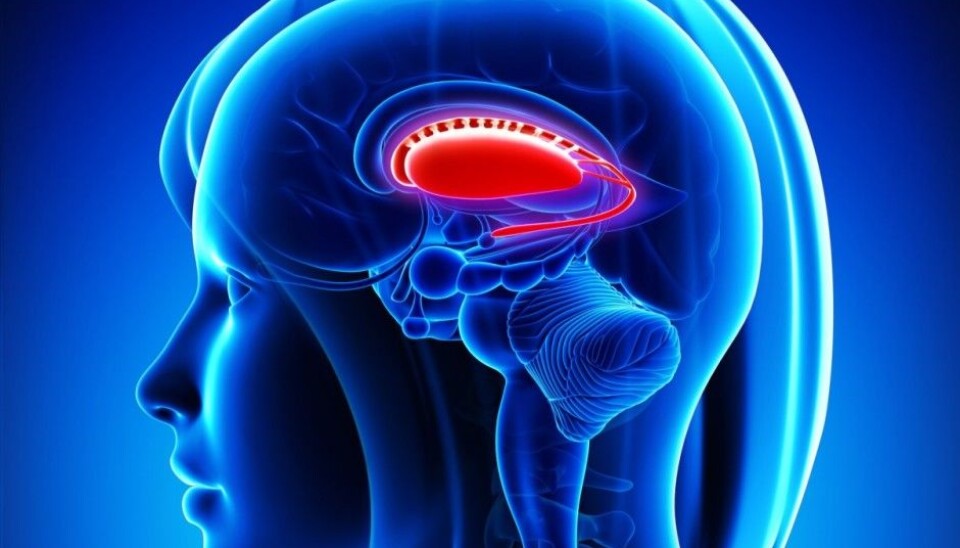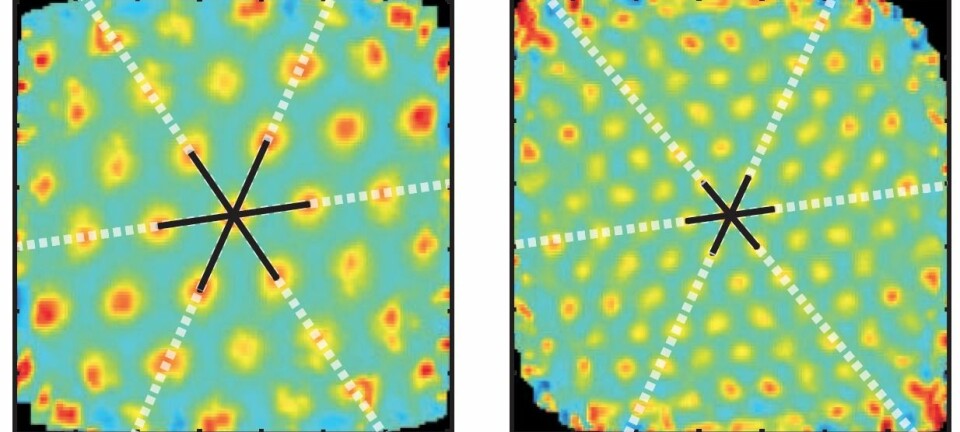An article from University of Oslo

Gene variants for brain size discovered
Researchers have discovered several new gene variants that influence brain volume. We are yet another step closer to finding the causes of a number of psychological disorders.
Denne artikkelen er over ti år gammel og kan inneholde utdatert informasjon.
As you probably know, your brain is a highly complex organ. You are probably also aware that the right and left sides of your brain interact with one another.
But did you know that the brain’s inner, central parts work together with the brain’s outer surface?
They do so in order to coordinate important functions like movement, memory, motivation and learning.
One factor that affects these functions is brain size.

We know too that every individual has a copy of every gene. A gene variant is a difference in the genetic code that contributes to the differences between you and me ‒ in other words, to the differences in our innate characteristics.
Researchers have now found several new gene variants that affect the size of your brain.
The newly identified variants are important for the brain’s development, for the removal of unwanted cells and for contact between nerve cells.
“This is an important step on the path to finding the causes of a number of psychological disorders. We are now investigating how these results might relate to brain diseases”, says Ole A. Andreassen, professor at the University of Oslo and specialist in psychiatry at Oslo University Hospital.
Putamen and caudate nucleus
Ole A. Andreassen explains:
“The newly discovered genetic variants are found in brain regions called the putamen and the caudate nucleus. The size of the entire brain is affected by these variants”.
The putamen regulates movements and influences various types of learning.
The caudate nucleus contributes to voluntary movement, but also to memory, learning, sleep and language.
Genetic variation mapped
The discovery was made through so-called genome-wide association studies. A study of this type maps genetic variation in the entire genome, hence the term ‘genome-wide’.
The genome comprises all the heritable characteristics that are encoded in your DNA.
The study compares the frequency of gene variants in connection with a particular variable, in this case brain volume.
“The strongest effects were seen for the volume of the putamen. Here we found a new gene variant that affects biological processes”.
Specifically, the variant affects the transport of cellular components, a process important for the building and renewal of brain cells.
“Thus it is not disease genes that we have found, but rather genes with differences in the genetic code that lead to heritable, normal variation in brain structure”, explains Andreassen.
Almost 30 000 studied
The study analysed the volumes of seven of the brain’s innermost regions, using images of the brain taken with MRI.
A total of 29 556 people from 50 different populations worldwide were studied.
---------------------------
Read the Norwegian version of this article at forskning.no

































